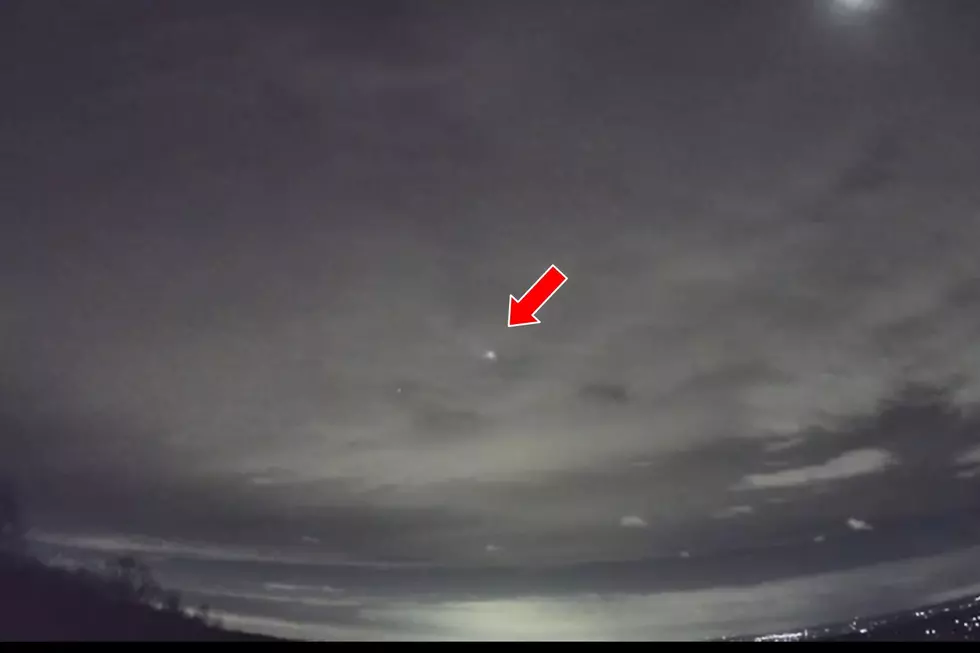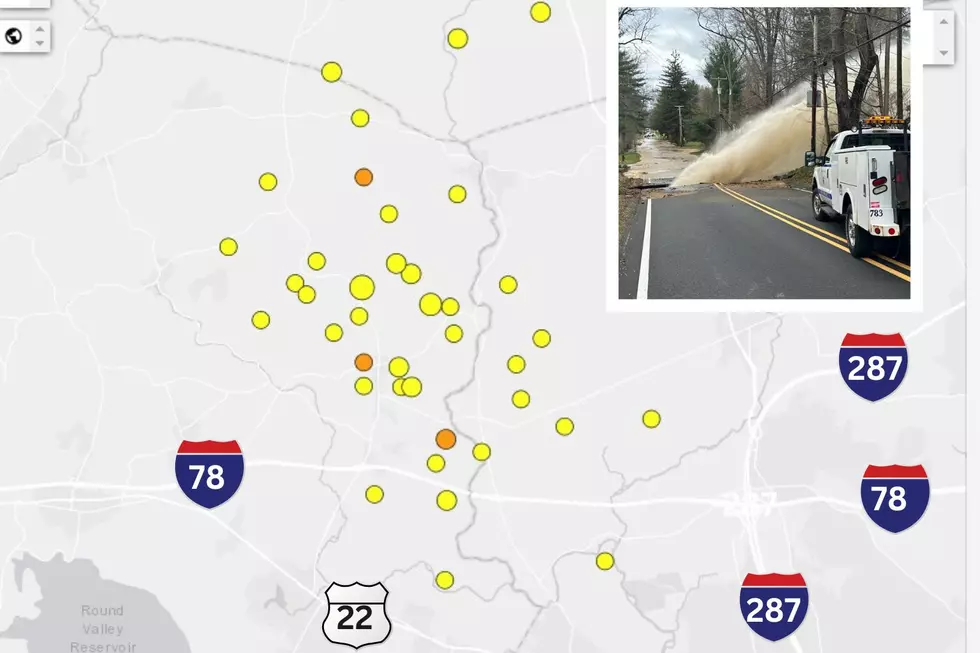
NJ lawmaker wonders if ulterior motive is behind keeping lake closed
A state senator is voicing frustration as the Department of Environmental Protection continues its restriction on water use at Lake Hopatcong over the presence of a large harmful algal bloom.
Local businesses have complained that news coverage of the lake's slimy problem is hurting the local economy.
Small blooms were reported June 17. The conditions rapidly grew to impact much of the lake, leading to the DEP’s June 27 ban on swimming, recreational use and contact with water.
That advisory remains in place after five weeks as testing continues to show a cell count of cyanobacteria that meets the lower threshold for such precaution.
Officials with the state DEP and members of the Lake Hopatcong Commission said outbreaks throughout Lake Hopatcong this year are the largest in state history and mark the first time the entire lake has been impacted.
Swimming and water sports such jet-skiing, water-skiing, paddle-boarding, canoeing or kayaking. The DEP advises not to drink the water or eat fish caught in the lake.
The DEP said that "passive boating that does not involve bodily contact with lake water" is allowed. The other facilities at Hopatcong State Park still are open.
Exposure to HAB may cause allergy-like reactions, flu-like symptoms, gastroenteritis, respiratory irritation and eye irritation.
State Sen. Joe Pennacchio, R-Morris, said the state standard for cyanobacteria is more stringent than other east coast states and complained that the health advisory is "not science, it's political science.”
Pennacchio said he is worried that the weeks-long restrictions might be linked to supporting the need for a local implementation of the recently signed "rain tax." The new state law gives local governments permission to establish stormwater utilities starting in mid-September.
New Jersey HAB standards call for an advisory when there is a “moderate level of risk” at 20,000 cyanobacteria cells rather than when there is a “high level of risk,” as reported by the Lake Hopatcong Commission after its public meeting on Monday.
The Lake Hopatcong Commission is an independent state agency, with an 11-member board of commissioners.
New Jersey standards are stricter than other states and the EPA standard, but DEP officials said at least four other states also issue advisories when the cyanobacteria count hits 20,000 cells.
At Monday's meeting, Lake Hopatcong Commissioner Dan McCarthy called on the state to provide “immediate and effusive funding" amid 20-year high phosphorus levels in the lake. Nitrogen and phosphorus both support the growth of algae and aquatic plants.
A presentation by environmental consulting company, Princeton Hydro, showed evidence that levels were manageable when the Commission was receiving regular state funding.
The DEP and U.S. Geological Survey last week deployed two real-time monitoring buoys in Lake Hopatcong to gather a wide range of water quality data associated with harmful algal blooms.
Surface water samples are collected every Tuesday and Thursday, with results posted to the DEP’s HAB website the following day.
“We share the frustrations of local residents, business owners and leaders about the widespread extent of this bloom and the impact it is having on the health of Lake Hopatcong and the local economy,” Commissioner Catherine McCabe said in a written statement.
Pennacchio said he doesn't understand why the state lacks a contingency plan for dealing with the loss in lake use.
He also said he doesn't have an answer as to why the state has not hooked up an available sewer system for facilities at Hopatcong State Park, instead of the existing septic system, which could be a factor in runoff that contributes to such blooms.
Swimming and other recreational activities also have been banned at Greenwood Lake, located between New Jersey and New York, for a similar HAB since July 16.
The highest levels of cyanobacteria were detected on the New Jersey side of the lake.
New York's state Department of Environmental Conservation has the same cell count threshold for a “moderate level of risk” at 20,000 cyanobacteria cells, but has a different HABs bloom status system.
"Since 2012, HABs have been documented in several hundred waterbodies in New York, and it is likely the true extent of bloom occurrence is substantially greater," the NYDEC said on its website. "It is not yet known if recent increases in bloom frequency and duration reflect changing environmental conditions or are a result of improved reporting and monitoring of their occurrence."
More from New Jersey 101.5:
More From New Jersey 101.5 FM









